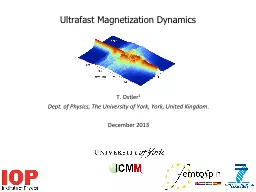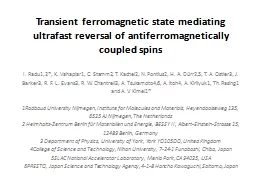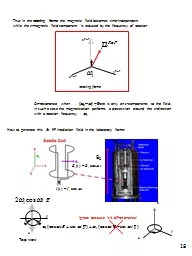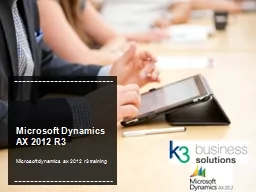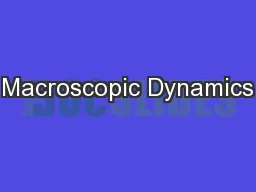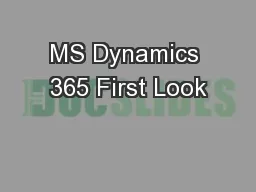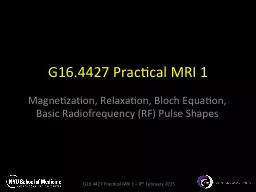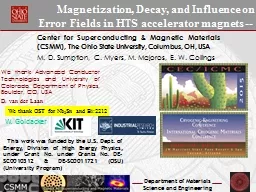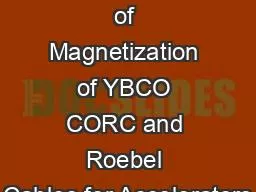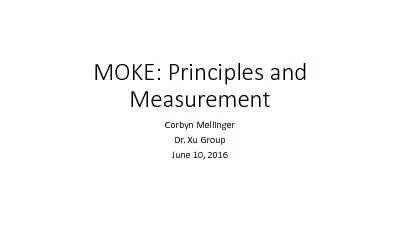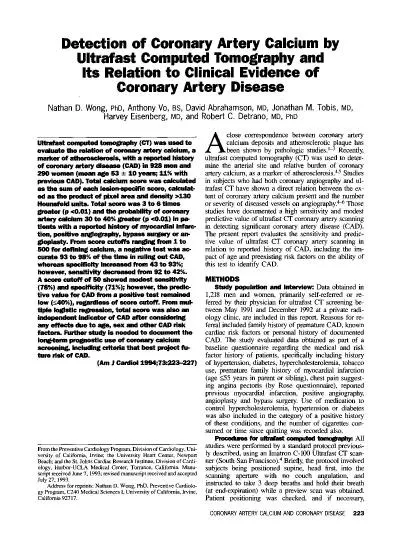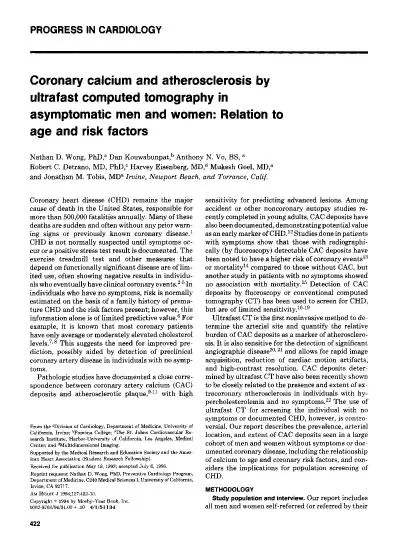PPT-Ultrafast Magnetization Dynamics
Author : stefany-barnette | Published Date : 2016-06-10
T Ostler 1 Dept of Physics The University of York York United Kingdom December 2013 Increasing demand A few GB to TBs 25TB daily log 100TB storage 25PB 24PB daily
Presentation Embed Code
Download Presentation
Download Presentation The PPT/PDF document "Ultrafast Magnetization Dynamics" is the property of its rightful owner. Permission is granted to download and print the materials on this website for personal, non-commercial use only, and to display it on your personal computer provided you do not modify the materials and that you retain all copyright notices contained in the materials. By downloading content from our website, you accept the terms of this agreement.
Ultrafast Magnetization Dynamics: Transcript
Download Rules Of Document
"Ultrafast Magnetization Dynamics"The content belongs to its owner. You may download and print it for personal use, without modification, and keep all copyright notices. By downloading, you agree to these terms.
Related Documents

